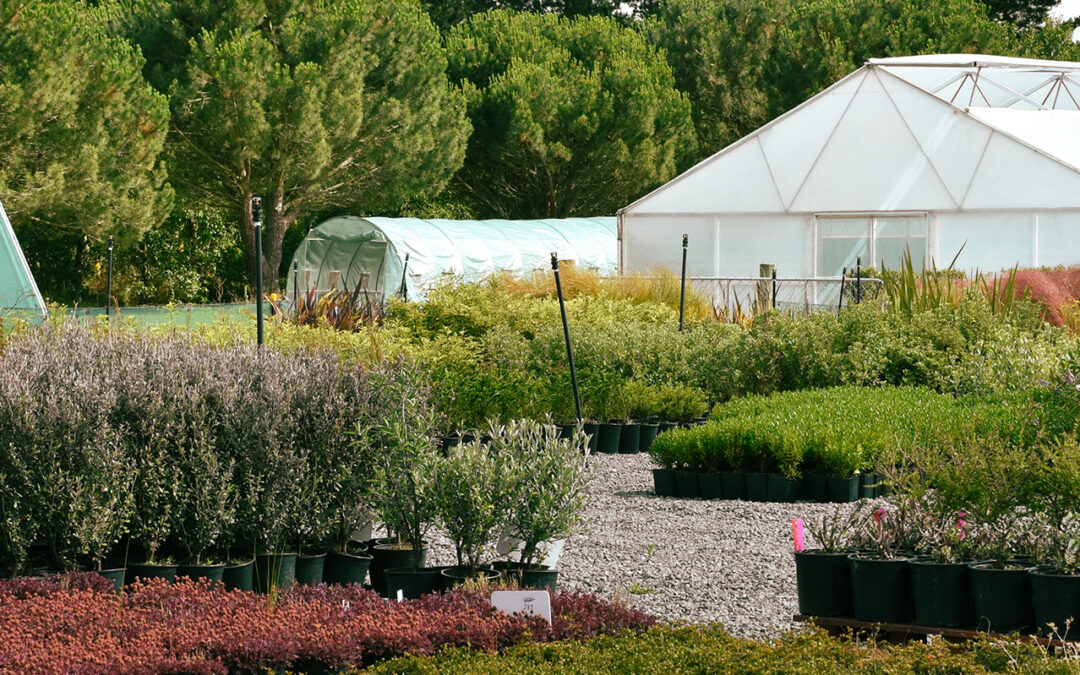Calling all North Canterbury gardeners! Creating a beautiful garden in our unique region often requires more than just good taste and green thumbs—it also demands keen respect for the region’s unique climate and conditions!
Whether you’re looking to build a new home garden from scratch, transform your current outdoor space, or just build on what you’ve got, selecting the right plants for the local environment can mean the difference between a thriving landscape and gardening frustration.
We chatted with our friends at Sublime Nursery (part of the Lime Global Group and suppliers of plants for our new homes) to find out what works.
Understanding North Canterbury’s Unique Climate
Nestled between the Southern Alps and the Pacific Ocean, North Canterbury is an area defined by its dramatic climatic swings. A typical day can begin with frost and transform to scorching heat under the afternoon nor’wester, with temperatures soaring from near zero to the high twenties. Further complicated by diverse soil conditions—ranging from stony riverbeds to heavy clay—gardening in this demanding landscape requires careful planning!
The Importance of Local Growing
The secret to dealing with these extreme conditions? A foundation of locally adapted plants.
Plants grown locally are like athletes who’ve trained specifically for Canterbury’s challenging conditions, building strength and resilience to local extremes from their first sprout.
“Plants that begin life in gentler climates can struggle to adapt to Canterbury’s extremes,” says Jo Caldwell, Managing Director of Sublime Nursery.
“Plants sourced from the North Island often just aren’t hardy enough for Canterbury conditions,”
“Locally grown plants however develop deep resilience from their first moments, building the strength needed to thrive in local gardens”.
More broadly, native plants in general (having evolved over millennia specifically to handle New Zealand’s challenging weather and soil conditions) are good options, providing habitats that attract native birds and bees and contribute to a more vibrant and sustainable garden ecosystem.
Top Plants for North Canterbury Gardens
Creating a successful North Canterbury garden isn’t about fighting the region’s unique conditions—it’s about working with them.
When choosing plants for your garden, consider these tried-and-tested performers that have earned their place in Canterbury’s landscape.

